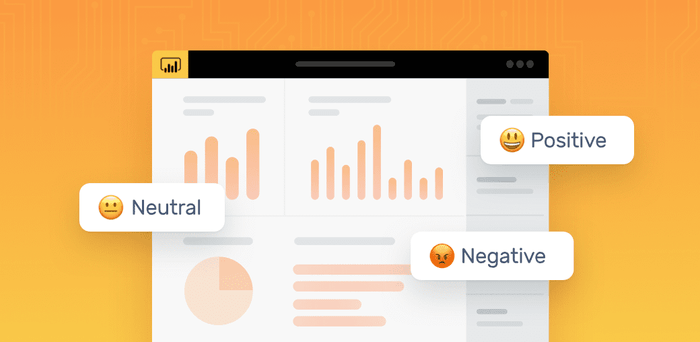Tools Used For Sentiment Analysis
Tools used for sentiment analysis are advanced software applications and algorithms designed to assess and understand the sentiment behind textual data, helping businesses and researchers comprehend public opinions, attitudes, and emotions. These tools employ various techniques from natural language processing, machine learning, and computational linguistics.
Natural Language Processing (NLP) Libraries: Tools like NLTK (Natural Language Toolkit) in Python and SpaCy provide functionalities for tokenization, part-of-speech tagging, and sentiment analysis. They form the foundation for many sentiment analysis applications.
Machine Learning Algorithms: Supervised learning algorithms, such as Support Vector Machines (SVM) and Naive Bayes classifiers, are commonly used. These algorithms are trained on labeled datasets to recognize patterns in text and classify sentiments as positive, negative, or neutral.
Lexicon-Based Approaches: Lexicon-based tools utilize predefined dictionaries containing words and their corresponding sentiment scores. Words are compared with entries in the lexicon, and the cumulative score determines the overall sentiment of the text. SentiWordNet and VADER (Valence Aware Dictionary and sEntiment Reasoner) are popular lexicon-based tools.
Deep Learning Models: Recurrent Neural Networks (RNNs) and Long Short-Term Memory (LSTM) networks are used for sentiment analysis tasks, especially when dealing with complex textual data. Deep learning models excel in capturing nuanced sentiments and context.
Commercial Sentiment Analysis Tools: Various commercial platforms like IBM Watson, Google Cloud Natural Language API, and Microsoft Azure Text Analytics offer sentiment analysis services. These tools provide user-friendly interfaces, robust APIs, and integration options for businesses without deep technical expertise.
By leveraging these tools, businesses can gain valuable insights into customer opinions, enabling them to make informed decisions, enhance customer experiences, and develop effective marketing and branding strategies based on public sentiment.
